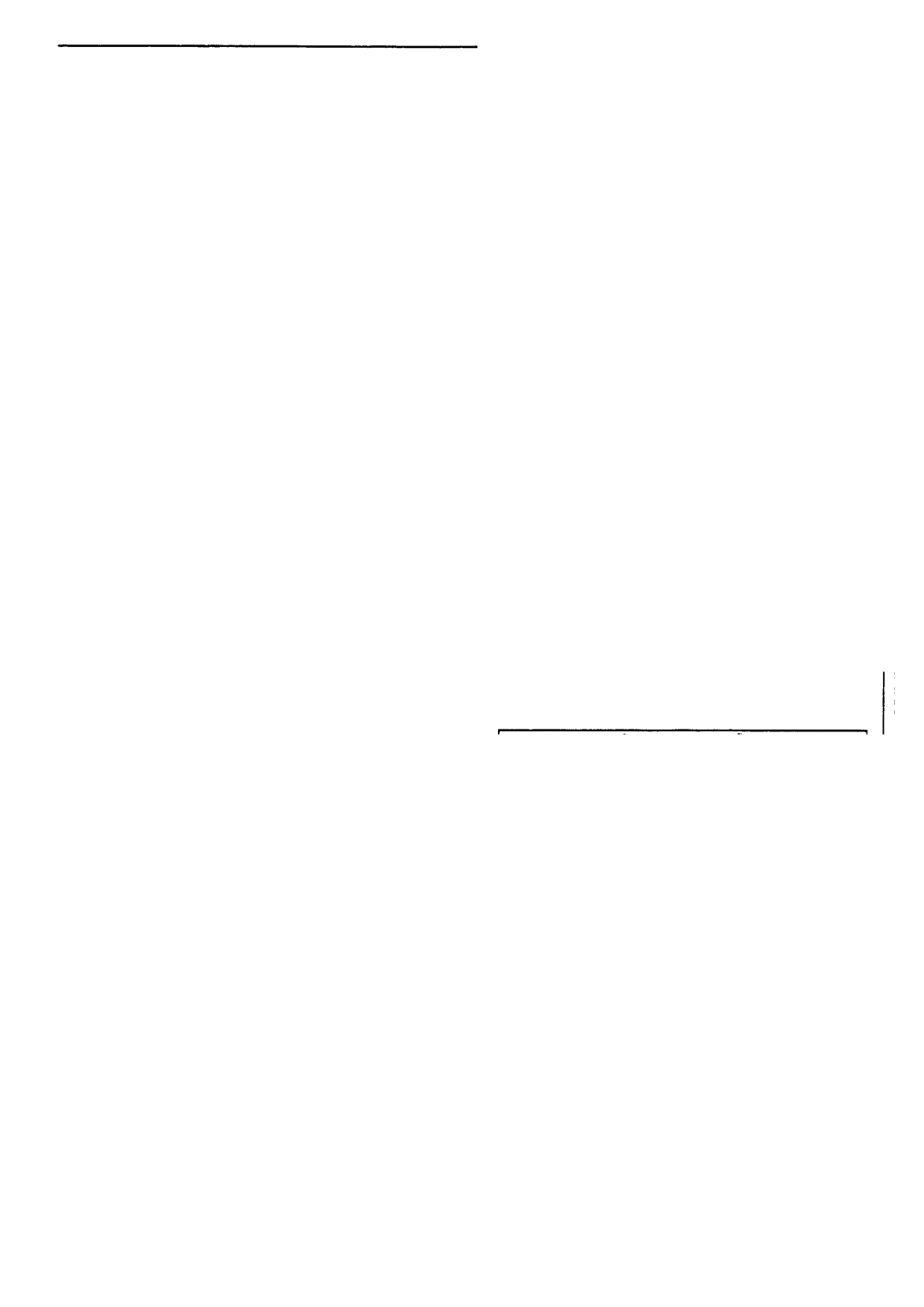
~pes of Coo~am
The fo~owing information wi~ help you choose cookware which wtil give good performance.
Stairdess Steel: highly recommend
Especially good with a sandwich clad bottom. The sandwich bottom combines the benefits of staidess steel (appearance, durability and stability) with the advantages of rduminum or copper (heat conductio~ even heat distribution).
Nurninum: hea~ weight recommended
Good conductivity. Auminum residues sometimes appear as scratches on the cooktop, but cm be removed if cleaned immediately. Beause of its low melting poin~ thin weight aluminum should not be used.
Copper Bottom: hea~ weight recommended Good ~fiO rrnance, but mpper may leave residues which can appear as scratches. The residues a be remove~ as long as the cooktop is cleaned immediately.
Porcelai4enamel:
Good performance ody with a thic~ flat, smooth bottom. Avoid botiing dry, as porcelain a melt and fuse to the surface.
—
Glass-ceramic: not recommended
Poor performance. May scratch surface. Usable, but not recommended.
Stoneware: not recommended
Poor performance. May scratch surface. Usable, but not recommended.
Cast Iron: not recommended
Poor performance. May scratch surface. Usable, but not recommended.
●We recommend that you
use ody a
●Do not use woks that have support rings. This type of wok will not heat on radiant surfaces.
●Some special cooking procedures require specific mokware such as pressure cookers, deep fat fryers, etc. Ml cookware must have flat bottoms and be the correct she. The mokvvare should dso be covere~ if applicable to the cooking process.
How to Check Pan Pefiomance
Use of correct cookware can affect the cooking performance and cleaning of your cooktop. The correct cookware redu~s the temperature of the cooktop surface and minities the chance of spillovers burning onto the moktop.
You must use pans with perfectly flat bottoms. Some pans may have curved or rounded bottoms or may be warped. If you are unsure of the flatness of your pans you may do this quick test.
Turn your pan upside down on the wuntertop, place a ruler flat against the pan surface. The bottom of the pan and the straight edge of the ruler
should fit flush against each other all the way across, Turn the ruler a fil 360 degrees, checking for any space between the fier and the bottom of the pan.
Pans with rounded, curved, ridged or warped bottoms are not recommended.
Aother simple test to determine even heat distribution across the cookware bottom is to put one inch of water in the pan. Bring the water to a bofi and observe the location of bubbles as the water starts to bed. Good flat cookware will have an even distribution of bubbles over the bottom surface area of the pan. Bubbles locdtied in ordy a portion of the bottom indicate uneven contact of the pan to the surface unit, uneven heat transfer or an unsuitable pan.
Use pans that match the diameter of the surface unit. Cooking performance wdl not be as good if the cookware is either smaller or larger than the surface unit.
(conttiued n~page)
17
